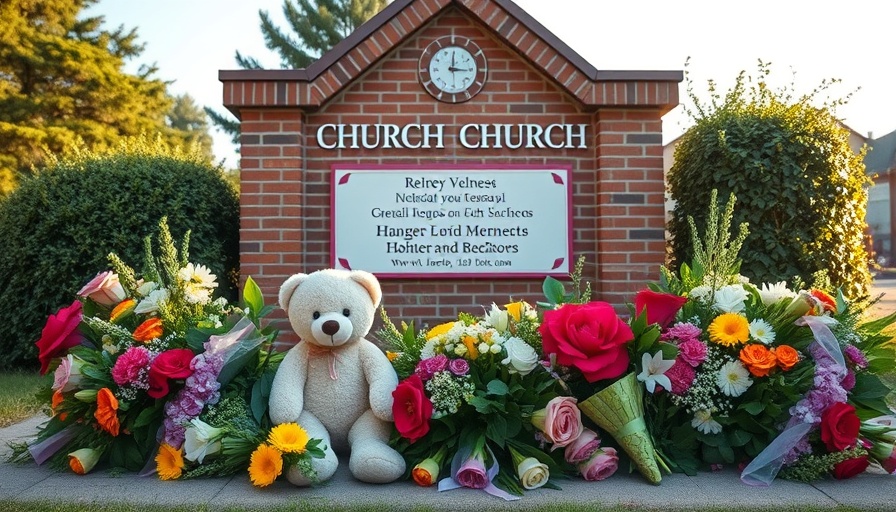
The Fallout from Racism in Law Enforcement
In recent weeks, the Colorado Bureau of Investigation (CBI) has faced severe scrutiny following the revelation that agent Doug Pearson accidentally recorded himself using a racially charged slur during a private phone call. This incident raises crucial questions about accountability and transparency within law enforcement, particularly in the context of systemic racism. Pearson’s actions, while not the first instance of racially insensitive behavior from public servants, illustrate a deep-seated issue that many institutions struggle to address.
The Nature of the Incident: Context Matters
On February 14, 2024, Pearson was heard using a derogatory term for African Americans while discussing a mass shooting. The implications of such statements from a law enforcement officer are profound, not only in terms of personal accountability but also in how communities perceive the institutions designed to protect them. This incident is particularly troubling given Pearson's apparent close relationship with CBI Director Chris Schaefer, leading many to speculate about favoritism in disciplinary actions.
The Investigation Chronicles: What Happened
Following the incident, internal investigations were conducted, and while Pearson was found to have violated department policies regarding ethics and professional conduct, details regarding his punishment remain murky. Sources indicate that he has not faced significant repercussions, which some believe is attributable to his longstanding friendship with Director Schaefer. This lack of transparency in accountability processes can lead to a culture of impunity within law enforcement agencies.
Challenging the Status Quo: Advocacy for Transparency
Jeff Roberts, executive director of the Colorado Freedom of Information Coalition, emphasized the need for broader transparency laws, asserting that public interest dictates that the outcomes of such investigations should be made public. Colorado’s existing legislation mandates transparency only in specific incidents involving public interactions, which can inadvertently protect officers from accountability when misconduct occurs outside of public view.
The Public’s Trust: A Complicated Relationship
Many community members are understandably concerned that leniency shown toward agents like Pearson hinders the overall justice system’s efficacy. Transparency and accountability are vital components of public trust in law enforcement. The impression that complaints are muted or ignored can foster an environment where systematic injustices persist. It sets a concerning precedent for how similar incidents will be handled in the future.
The Importance of Leadership Accountability
Leadership accountability lies at the heart of reforming systemic issues within law enforcement. Schaefer’s handling of the investigation and subsequent decisions regarding Pearson are under fire, with insiders suggesting that his protective stance towards Pearson signals a failure in leadership. In situations like this, how leaders respond can either rectify or exacerbate existing distrust between law enforcement and the communities they serve.
Moving Forward: A Call for Change
The ramifications of Pearson’s use of a racial slur extend beyond personal bias; they highlight a culture within law enforcement that may prioritize relationships over integrity. As such, stakeholders at all levels must advocate for reform, fostering a system that genuinely prioritizes accountability and transparency. Each decision made by those in power shapes the future dynamics between law enforcement institutions and the communities they vow to protect.
This incident serves as a critical moment for the CBI and other law enforcement agencies nationwide. To regain the public’s trust, changes must be more than superficial; they must reflect a commitment to integrity and respect in all professional conduct. The path toward reform hinges on unwavering accountability at all levels of law enforcement, accompanied by transparent practices that involve community interests.
As professionals in advocacy, policy-making, or law enforcement, it’s essential to recognize the implications of internal decisions and their effects on the broader societal landscape. Let’s work together to foster environments where respect, integrity, and a commitment to community engagement guide our professional practices.
 Add Row
Add Row  Add
Add 




Write A Comment